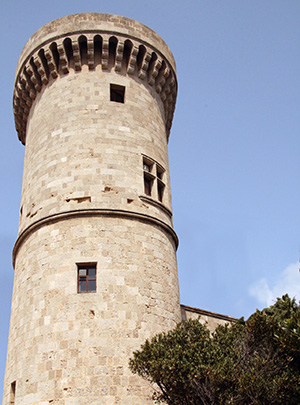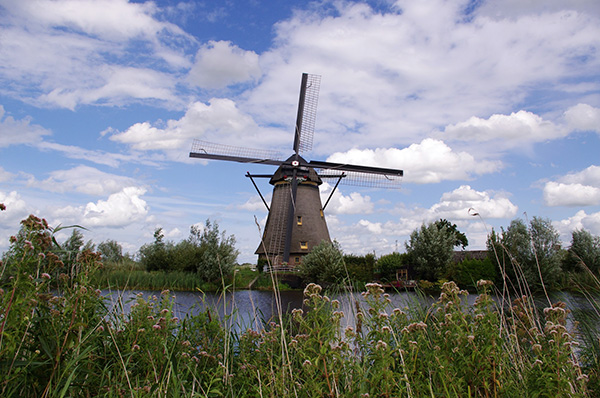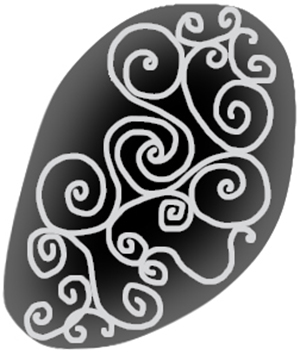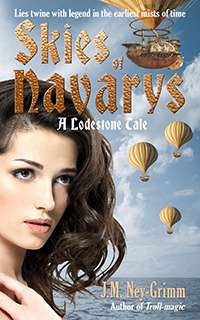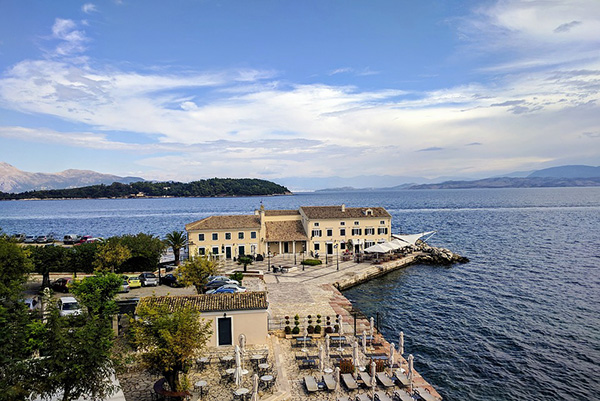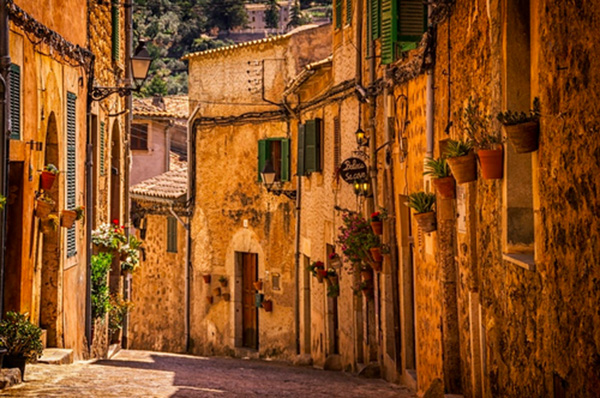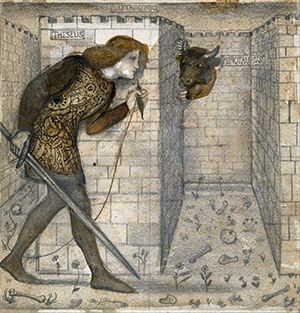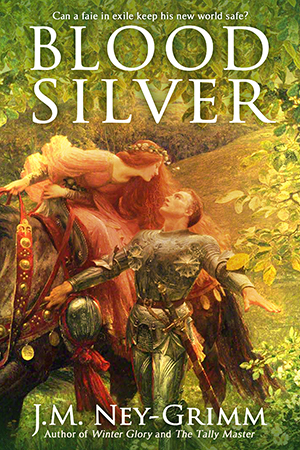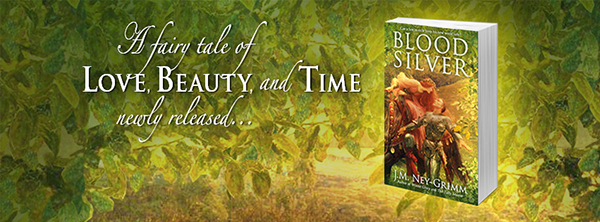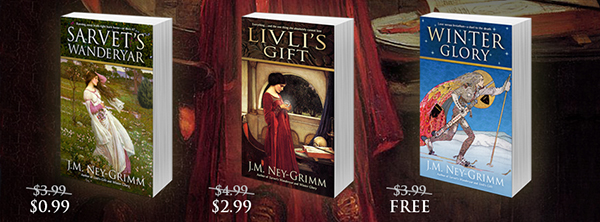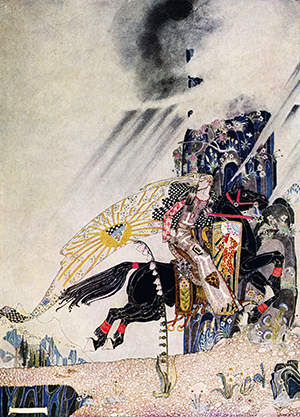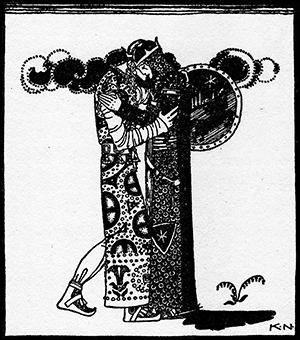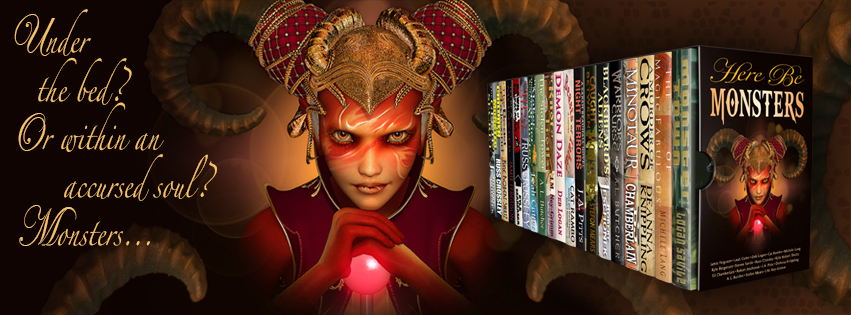
The Here Be Monsters bundle is appropriately of a monstrous size—that is, it possesses 19 titles, which is huge for a bundle. Bundles usually have 10 – 12, at most.
I’m looking forward to Here Be Monsters myself, because I checked Amazon’s Look Inside for every story that had one, and nearly every title seems to be one I want to read! It will be a wonderful cornucopia for my summer.
Of course, one of the Monsters titles is my own, A Knot of Trolls. In previous posts about bundles, I’ve included a little bit about my own contribution, but I think I won’t this time. There are too many choices that aren’t mine that I want to feature, for me to spend space on Knot. If you want to learn more about Knot, check it out here. I will just mention that it’s a collection, with 7 shorts/novellas.
I did say that Monsters has a lot of reading, didn’t I? 😉 With 19 titles, one of which collects 7 titles together (mine), that’s 25 total, consisting of a mix of shorts, novellas, and novels. Perfect for a lazy day on the beach or lounging in a hammock in the shade or staying up too late of a summer night.
Edited to Add: No, I was wrong. A Murder of Crows is also a collection. Since it contains 16 tales, that makes 40 total in Here Be Monsters. Good grief! What are we waiting for?! Go click that buy button!
Check out the 8 titles below (of 40), and then go snap up your copy of Monsters. Links follow.
*
 A young woman discovers her own brand of magic in a pre-World War II Budapest teeming with monsters, vampires, and demons…
A young woman discovers her own brand of magic in a pre-World War II Budapest teeming with monsters, vampires, and demons…
Eva Farkas has managed to survive in fascist Budapest despite her heritage and her congenital lack of magic. But after seeking the help of the Vampire Lord of Budapest, Eva comes to realize that mere survival isn’t enough. She must find the magic hidden inside of her, and not just survive, but fly.
The Magic of Fabulous is a novella set in the world of the Lady Lazarus historical fantasy series, and contains both an afterword by the author and excerpts from the other books in the series.
When the deck is stacked against you, how will you play the game?
*
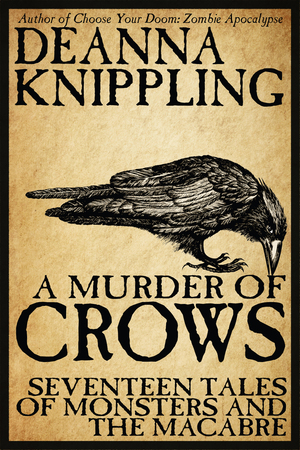 A collection of short horror, ghost, and dark fantasy stories for adults, woven together by a flock of crows, telling stories to entertain a girl trying to survive a tragedy…
A collection of short horror, ghost, and dark fantasy stories for adults, woven together by a flock of crows, telling stories to entertain a girl trying to survive a tragedy…
“It was we crows who took your daughter, in case you were wondering. She didn’t run away. We had—I had—been watching her for some time, listening to her tell stories in the grass behind the house. She would sit near the chicken coop and watch the white chickens pick at the dirt, pulling up fat worms and clipping grasshoppers out of the air as they jumped toward the fields.
“Some of them were good stories. Some of them were bad. But that’s what decided it, even more than any issue of mercy or salvation or anything else. Crows are, for one, possessive of stories.”
*
 Reaper Hawk—mightiest warrior in all Lysandria—tells the true tale of the minotaur in this gripping adventure of sword and sorcery, monsters and mayhem. Questing for adventure in the far east, Reaper meets the minotaur and becomes embroiled in his quest to recover his stolen humanity and reunite with his lost love. Before they are done, they’ll have to fight wizards and wyrms and overcome their own greatest fears, but if they’re successful, they’ll turn back the tide of chaos and restore order to the world.
Reaper Hawk—mightiest warrior in all Lysandria—tells the true tale of the minotaur in this gripping adventure of sword and sorcery, monsters and mayhem. Questing for adventure in the far east, Reaper meets the minotaur and becomes embroiled in his quest to recover his stolen humanity and reunite with his lost love. Before they are done, they’ll have to fight wizards and wyrms and overcome their own greatest fears, but if they’re successful, they’ll turn back the tide of chaos and restore order to the world.
*
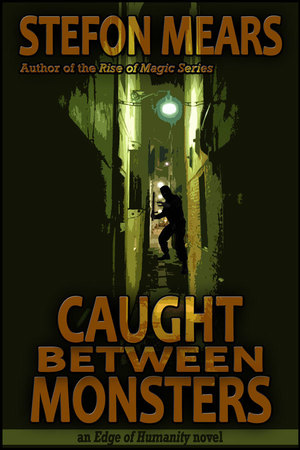 Monsters hide among the suburbs. Roland McReedy knows because he works for one, under duress. “The Rajah.” Roland and his partner Nelson hunt down occult oddities under threat of death for themselves, and worse for their families. Roland and Nelson face the night with only their knives, billy clubs, and wits to protect them.
Monsters hide among the suburbs. Roland McReedy knows because he works for one, under duress. “The Rajah.” Roland and his partner Nelson hunt down occult oddities under threat of death for themselves, and worse for their families. Roland and Nelson face the night with only their knives, billy clubs, and wits to protect them.
But the Rajah’s latest demand pits Roland and Nelson against the foulest creatures in the San Francisco Bay Area, including a horror older than time itself.
In a world full of monsters how can mere humans survive?
*
 Magic has a cost. Sarah Beauhall, blacksmith and dragon slayer doesn’t know just how high. Her lover, Katie Cornett, has finally been overwhelmed by this spiraling cost and her spirit is blasted from her body and flung into a world of nightmares and monsters.
Magic has a cost. Sarah Beauhall, blacksmith and dragon slayer doesn’t know just how high. Her lover, Katie Cornett, has finally been overwhelmed by this spiraling cost and her spirit is blasted from her body and flung into a world of nightmares and monsters.
As Katie’s coma deepens and her chances of survival fade, Sarah’s spirit must make a journey of its own through a world of crystalline eaters and malevolent spirits who exist only to hunt and to consume.
Night after night Sarah delves beyond the hidden paths, going from crystalline landscapes into the wild lands and lost worlds far beyond the great sea of dreams.
When the spirit of a long dead murderer—known only as the Bowler Hat man—begins gathering an army in the forgotten lands, Sarah discovers that more than eaters and feeders pursue her.
*
 Dani’s family is unusual. She’s the youngest—and only girl—of seven. Being the lone female, her family would like her to be all girly and sweet like her best friend Allie. But Dani is a tomboy born and bred, and on her fourteenth birthday she discovers why.
Dani’s family is unusual. She’s the youngest—and only girl—of seven. Being the lone female, her family would like her to be all girly and sweet like her best friend Allie. But Dani is a tomboy born and bred, and on her fourteenth birthday she discovers why.
Life is about to get decidedly strange!
*
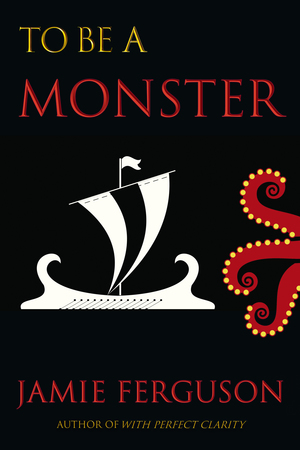 Scylla is caught by surprise when her mother, the river nymph Crataeis, shows up unexpectedly. Mother’s infrequent visits are welcome, but also serve as a painful reminder of what Scylla’s life had been like before the evil witch Circe turned her into a hideous, people-eating monster.
Scylla is caught by surprise when her mother, the river nymph Crataeis, shows up unexpectedly. Mother’s infrequent visits are welcome, but also serve as a painful reminder of what Scylla’s life had been like before the evil witch Circe turned her into a hideous, people-eating monster.
The cliff Scylla lives on juts out into a narrow straight of water; an arrow-shot away lives the monster Charybdis, who sucks water – and any ships unfortunate enough to be close by – down a whirlpool and into her great maw several times a day. Mother asks Scylla to allow a ship that belongs to a young man named Odysseus to pass by unharmed a few days hence; that way his boat won’t have to venture too close to the whirlpool. Scylla agrees, on the condition that her mother go to Circe and plead with her to return Scylla to her normal human form.
But when Odysseus’ ship appears, Scylla realizes that perhaps things are not as they seem…
*
 Private eye Nick Beasley lives in a world where fairy tales ended a long time ago—where zeppelins now soar the skies instead of dragons, and where the first automobiles have taken the place of flying carpets. He’s made a name for himself across the Afterlands by debunking fake magicians and exposing fraudulent monsters. This is the modern age, after all. Magic and monsters are long gone.
Private eye Nick Beasley lives in a world where fairy tales ended a long time ago—where zeppelins now soar the skies instead of dragons, and where the first automobiles have taken the place of flying carpets. He’s made a name for himself across the Afterlands by debunking fake magicians and exposing fraudulent monsters. This is the modern age, after all. Magic and monsters are long gone.
At least, that’s what Nick believes. Until he gets magically transformed into a monster, that is.
The only person who may be able to help Nick is Lady Cordelia Beaumont, one of the last enchantresses in the Afterlands. But in order for her to cure him, they’ll have to retrieve a powerful artifact from a ruthless crime lord—who is also Cordelia’s father.
The fate of the Afterlands lies in the hands of a runaway enchantress and a monstrous ex-detective. What could possibly go wrong?
Perfect for fans of Doctor Who, Once Upon A Time, Indiana Jones, or The Dresden Files, the Beaumont and Beasley series features high adventure in a world where fairy tales are history.
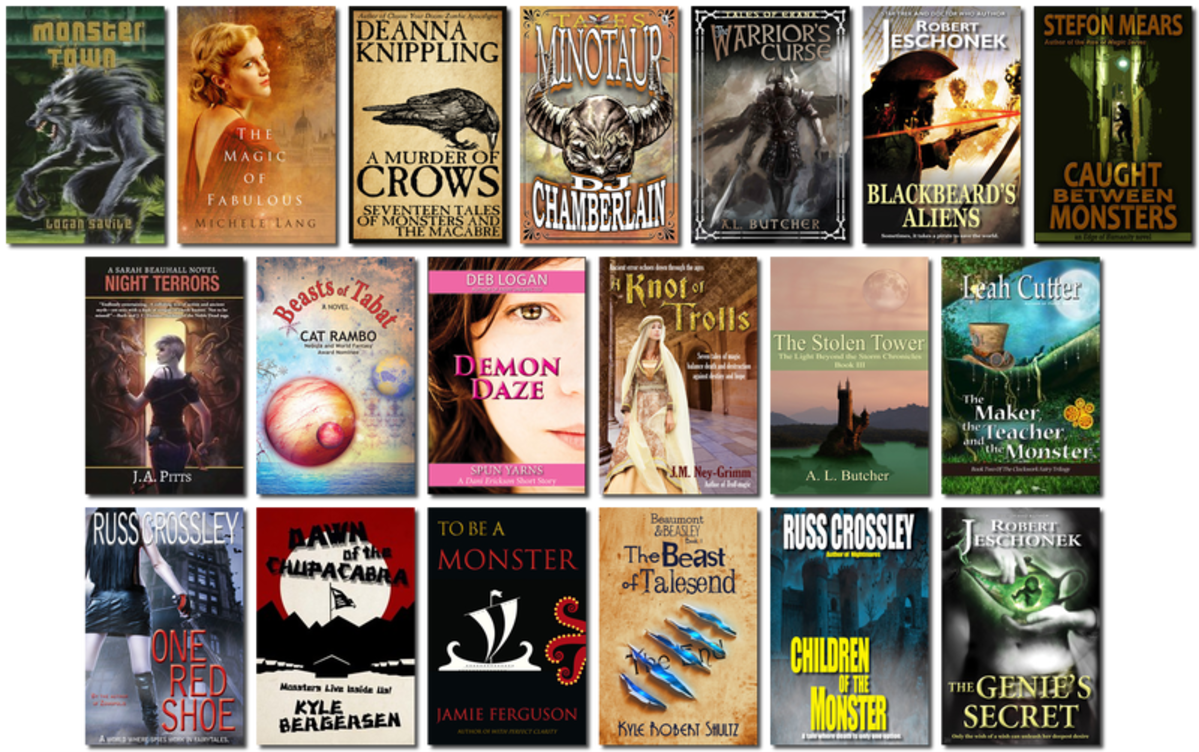
We love to fear them and fight them. Monsters come in many forms, from the monsters within to the monsters outside and under the bed. Dare you venture into the caverns and the castles? Dare you enter the darkness of an accursed soul?
An eclectic collection of dark creatures and those who confront them. You have been warned.
Here Be Monsters features 19 tales (really 40) of myths, monsters, and mayhem.

The Here Be Monsters bundle is available at Amazon, Barnes & Noble, Kobo, iTunes, or direct from the BundleRabbit site.
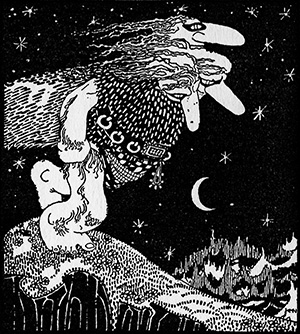 Given that The Troll’s Belt is essentially a retelling of Hansel and Gretel—albeit with a good, strong twist—you might imagine that the fairy tale was my inspiration. Oddly enough, it wasn’t!
Given that The Troll’s Belt is essentially a retelling of Hansel and Gretel—albeit with a good, strong twist—you might imagine that the fairy tale was my inspiration. Oddly enough, it wasn’t!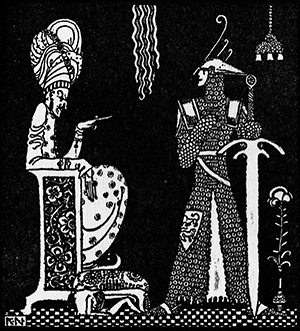 The folk tale continues from there in an elaborate sequence of events featuring betrayal, lions and man-eating horses, a princess, a dancing bear, and the King of Arabia.
The folk tale continues from there in an elaborate sequence of events featuring betrayal, lions and man-eating horses, a princess, a dancing bear, and the King of Arabia.




